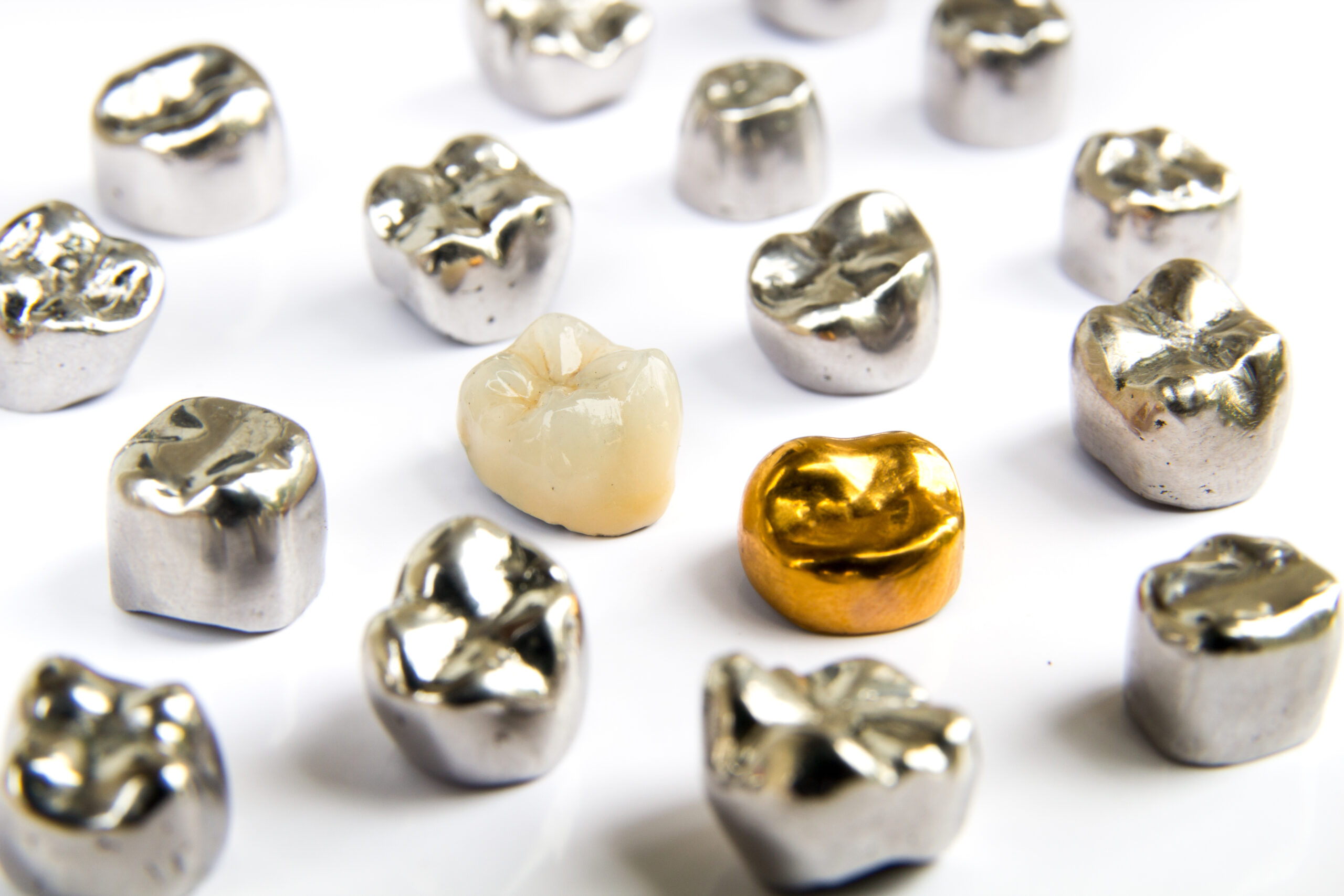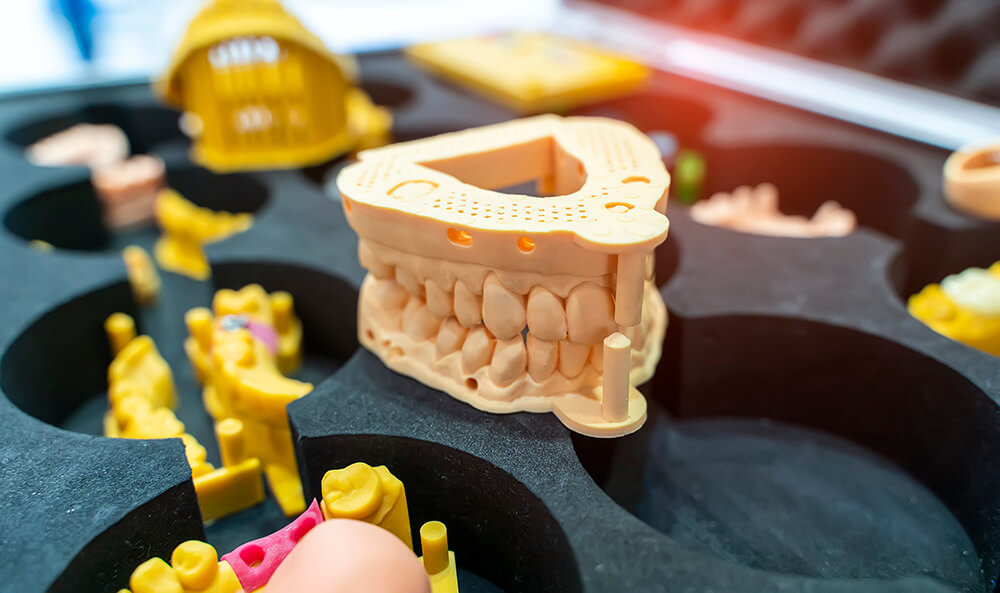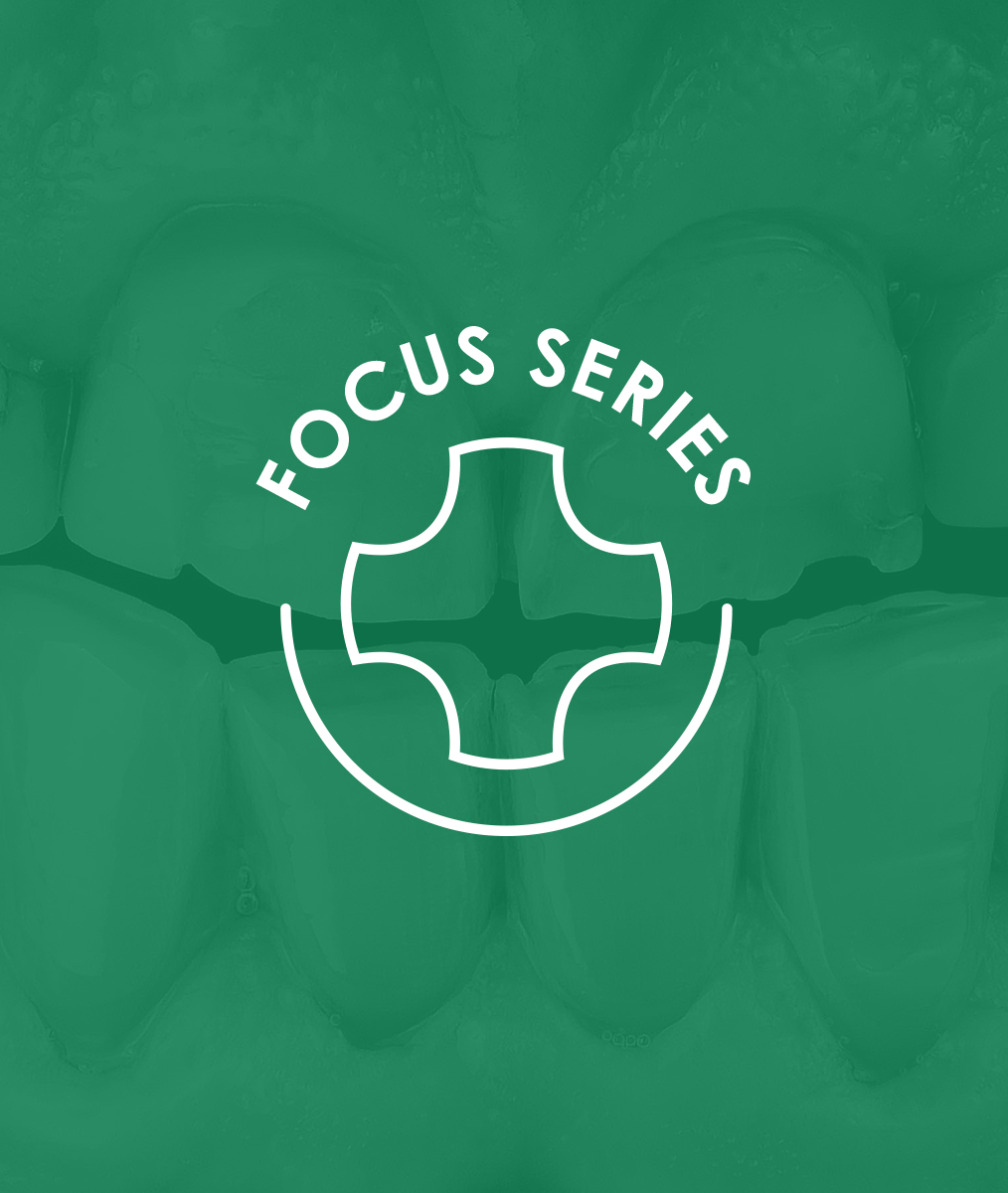Retirement Plan Myths Dentists Should Know About (Part 2)
As I’ve been giving presentations about business systems to dentists, I’ve discovered that there are six prevalent myths surrounding 401k retirement plans. In Parts 1 and 2 of this series, I hope to help dentists who are also small business owners develop a better understanding of what is possible.
Myth 4: It’s Possible for a 401(k) Plan to Be Free
The reality is that a 401(k) plan is never free. Equitable, for example, has a specific retirement plan for dentists. They claim to have a plan with no direct costs for dentists. What they do is take a part of the participants’ total investment to cover the costs. In most cases, the person paying the highest percentage of the fee is the dentist because the dentist puts the largest amount into the fund. As a dental practice owner, I don’t want the costs to come from my account. Instead, I want my business to cover the costs because the fees are tax deductible for the business and my retirement funds accumulate to their greatest potential.
When someone is marketing a free plan, be aware that there is no free plan and the costs are going to come out of your account, just as much or more as any participant’s account in the plan and those costs are not going to be tax deductible on personal taxes. In the case of Equitable, about 20% of your earnings are being siphoned off for fees and this has a significant drag on your net accumulation.
Myth 5: Being a 401(k) Fiduciary Is Risky
The first responsibility of being a plan sponsor is that you have the fiduciary responsibility. No one else can assume that responsibility. I believe you can meet your fiduciary responsibilities rather simply by doing the following.
The 6 Fiduciary Responsibilities Are to:
- Meet financial investment responsibilities.
- Meeting administrative responsibilities.
- Pay only reasonable expenses from plan assets.
- Deposit employee contributions timely.
- Maintain adequate ERISA fidelity bond coverage.
- Select and monitor 401(k) service providers.
You do need to maintain fidelity bond coverage, and $50,000 to $100,000 of bond coverage costs $200 to $300 per year. I do not think this is expensive and I think it is not difficult to fulfill your fiduciary responsibilities.
Myth 6: Switching to a Low Cost 401(k) Provider Is Difficult
An existing 401(k) plan cannot be simply terminated and then you start a new one. You must go through the following four steps, but this is easy to do.
The 4 Steps in the Conversion Process Are:
- Asset transfer
- Document preparation
- Investment selection
- Participant enrollment
Here are two examples of vetted companies that I believe provide low-cost plans with robust features. The first is 401Go.com. It provides advisor-led retirement plans for small businesses. This company is very easy to work with, has payroll integration, and you can set convert your plan quickly.
The second company is EmployeeFiduciary.com. This company has incredibly low establishment and conversion fees—some of the lowest in the industry. With Employee Fiduciary, you have access to 30,000 share classes and 377 fund families. These include low-cost options like Vanguard, Fidelity, and Schwab index and exchange-traded funds. You can also elect to include a self-directed brokerage account from TD Ameritrade, which allows you to invest in any fund on the market.
I hope this instills some curiosity in understanding your existing 401(k) plan. Examine your fees and your options if you were to convert your plan. I encourage you to do this because fees can significantly drag down your investment accumulation over time.
If you are interested in taking a deeper dive into financial freedom, I highly encourage you to sign up for Mastering Business Essentials. This course is the blueprint for running a dental practice with long-term growth.
Related Course
Mastering Business Essentials
DATE: August 7 2025 @ 8:00 am - August 15 2025 @ 12:00 pmLocation: The Pankey Institute
CE HOURS: 22
Regular Tuition: $ 3295
Single Bed with Ensuite Bath: $ 345
The Blueprint for Running a Practice with Long-Term Growth Dr. Pankey’s original philosophy encouraged dental professionals to be proficient in 3 specific areas: technical mastery, behavioral excellence and business savvy….
Learn More>
















